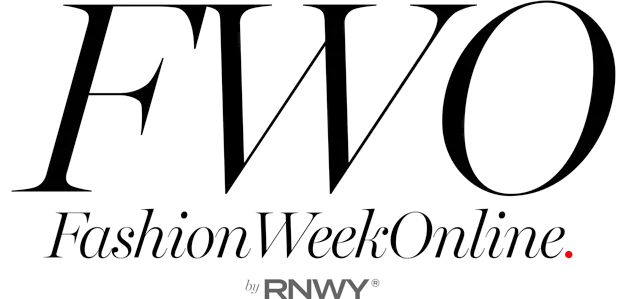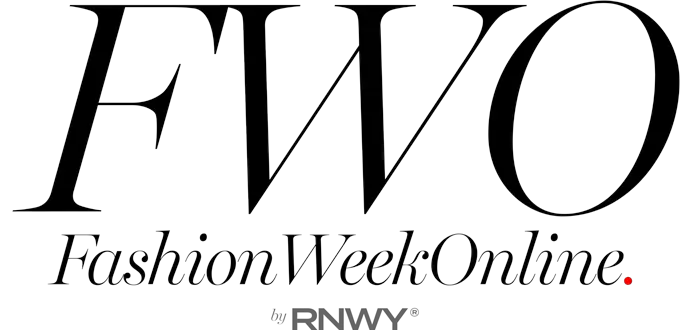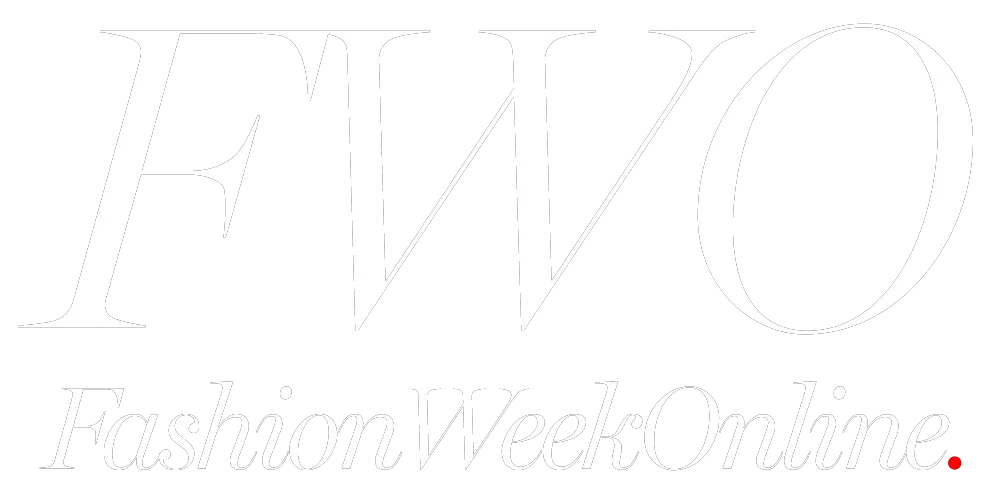Designing standout apparel requires creativity, techniques, and skills. A growing trend within the fashion industry is using high-quality direct-to-film (DTF) transfers. Understanding the advantages of these transfers is an excellent way for brands and makers to enhance their creations.
Getting Started with DTF Transfers
High-quality custom DTF transfers for apparels are a relatively new method of printing where complex designs can be printed onto textiles. This method prints vibrant prints onto garments that use an adhesive and powder instead of more mainstream methods. Its versatility and capacity to create images with high definition, indeed, make it probably the most used technology.
Benefits Compared to Conventional Methods
Traditional printing techniques like screen printing usually need different steps, which can get tedious for complicated designs. On the other hand, DTF transfers allow you to apply designs directly onto the film, making it more straightforward. This process avoids creating multiple screens or color separations and saves time and material.
DTF transfers with more colors and gradients provide designers with a larger palette. They would also be advantageous for designs that contain fine lines or small text, as they usually produce intricate detail with a high degree of accuracy.
Durability and Quality
Clothing durability is a key issue for both producers and buyers. When the DTF transfer is high quality, the colors won’t fade, and the design won’t crack, even after many washes. A special type of adhesive and powder form a bond that withstands wear and tear, ensuring the print remains intact.
Plus, the print quality is top-notch. DTF transfers can reproduce photos and intricate art with exceptional detail. Their uniqueness is what makes them a perfect candidate for standout custom apparel.
Adaptability for Different Textiles
DTF transfers versatility across fabrics. These transfers work with everything from cotton and polyester blends, and they help make your designs stick! Its versatility allows designers to play without the fear of compatibility concerns.
Unlike other techniques, DTF transfers can print on dark and light fabric without compromising quality. They also support extraordinarily brilliant prints on any shaded base, which broadens the creative potential for garment styles.
Cost-Effectiveness
The start-up investment cost of DTF technology is always high, but it comes with high potential long-term benefits. This process provides a cost-effective solution for producing both medium and high volumes, which leads to lower labor and material costs due to increased efficiency. Less waste and more productivity also help save costs.
Given the fashion industry’s competitive nature, implementing efficient and innovative techniques to stay competitive is crucial. The quality TAT ratio of DTF transfers is pretty good for a fraction of the cost of other methods, which makes them an excellent option for many businesses to streamline their production methods.
Environmental Impact
The environmental effects of fashion are raising increasing concern in the industry. Unlike traditional transfer methods, DTF transfers provide a more sustainable alternative. This approach reduces unnecessary use of excess materials and chemicals, leading to less waste. The process requires less energy, which is in step with the call for sustainability.
By opting for DTF transfers, brands can offer an added benefit to their products and the environment. This fact can be a competitive point for those who care for the environment, as it will attract consumers.
Customization and Personalization
For companies that produce garments, being able to provide custom-made apparel is becoming increasingly more important. DTF transfers are ideal for personalization because they can be customized to meet a person’s or customer’s needs. The impermanent product range that can be handled for many uses, be it for team uniforms, promotional items, or unique fashion pieces.
Customization is a great feature that helps businesses stand out and benefits consumers. Customized products improve brand image and increase brand loyalty and affinity with target customers.
Conclusion
Including high-quality custom DTF transfers in fabric production has plenty of benefits. Depending on the type of fabric, it brings many more possibilities to modern design than other methods in terms of print quality, durability, and strength. Such versatility makes it an attractive proposition for individuals to invest in the industry, as it has economic and ecological benefits.
Through this novel perspective, designers and brands can take their designs to the next level, ensuring their clothing is satisfactory and desirable!
##




